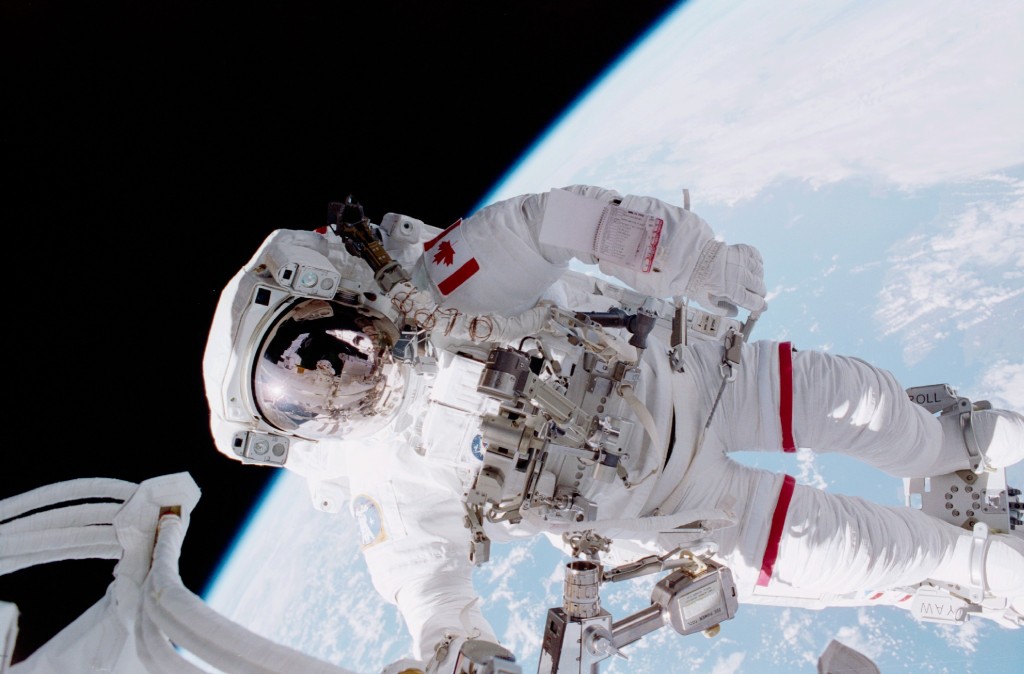
As ambitious space travel plans take astronauts further from Earth for longer periods of time, the astronauts face increased risks.
Just like here on Earth, protection from solar radiation over time is important.
“Given the increased interest in space travel, and the general need for lightweight, multifunctional and radioprotective biomaterials, we’ve become excited about the potential of melanin.”.
Once outside of Earth’s cocoon, astronauts are exposed to much more radiation.
Space is awash in dangerous ionizing radiation.
When astronauts spend time outside of Low Earth Orbit, they face greater risks from exposure to that radiation: cancer and other degenerative diseases, radiation sickness, and even central nervous effects, according to NASA.
In fact, NASA says that astronauts can be exposed to doses of radiation ranging from 50 to 2,000 Milli-Sieverts (mSv)?
But even 1mSv is equivalent to approximately three chest x-rays, so it’s like astronauts are exposed to between 150 and 6000 chest x-rays.
We could encase astronauts in lead—or put them behind lead shields like x-ray technicians in hospitals—and they would be protected.
The problem is, how can astronauts perform all their duties, while still being protected from all the hazardous radiation.
Lead is also extremely heavy, and it’s impractical to launch lead into space for radiation shielding.
“It’s unlikely that we’re going to be able to fly dedicated radiation-shielding mass,” for missions like Artemis, said Kerry Lee of NASA’s Johnson’s Space Radiation Analysis Group, in a press release.
“Given the increased interest in space travel, and the general need for lightweight, multifunctional and radioprotective biomaterials, we’ve become excited about the potential of melanin,” said lead researcher Nathan Gianneschi, in a press release.
On Earth, when our skin is exposed to UV radiation, we produce more melanin.
Researchers already know that melanin has potential to protect astronauts from radiation.
A separate research team is experimenting with samples of it on the International Space Station, to see how it responds to the radiation there, which is not only UV radiation, but more energetic radiation like x-rays.
So the team behind the new work wondered if combining melanin with selenium would yield a new way of protecting astronauts.
They exposed all of the cells to a dose of radiation that would be lethal to a human.
This discovery could lead to better protection for astronauts—and radiation sensitive materials—while in space.
This episode is a segment that we did in the Weekly Space Hangout talking about how astronomers are using masers (water lasers) to measure the expansion rate of the Universe
Weekly Space Hangout:
